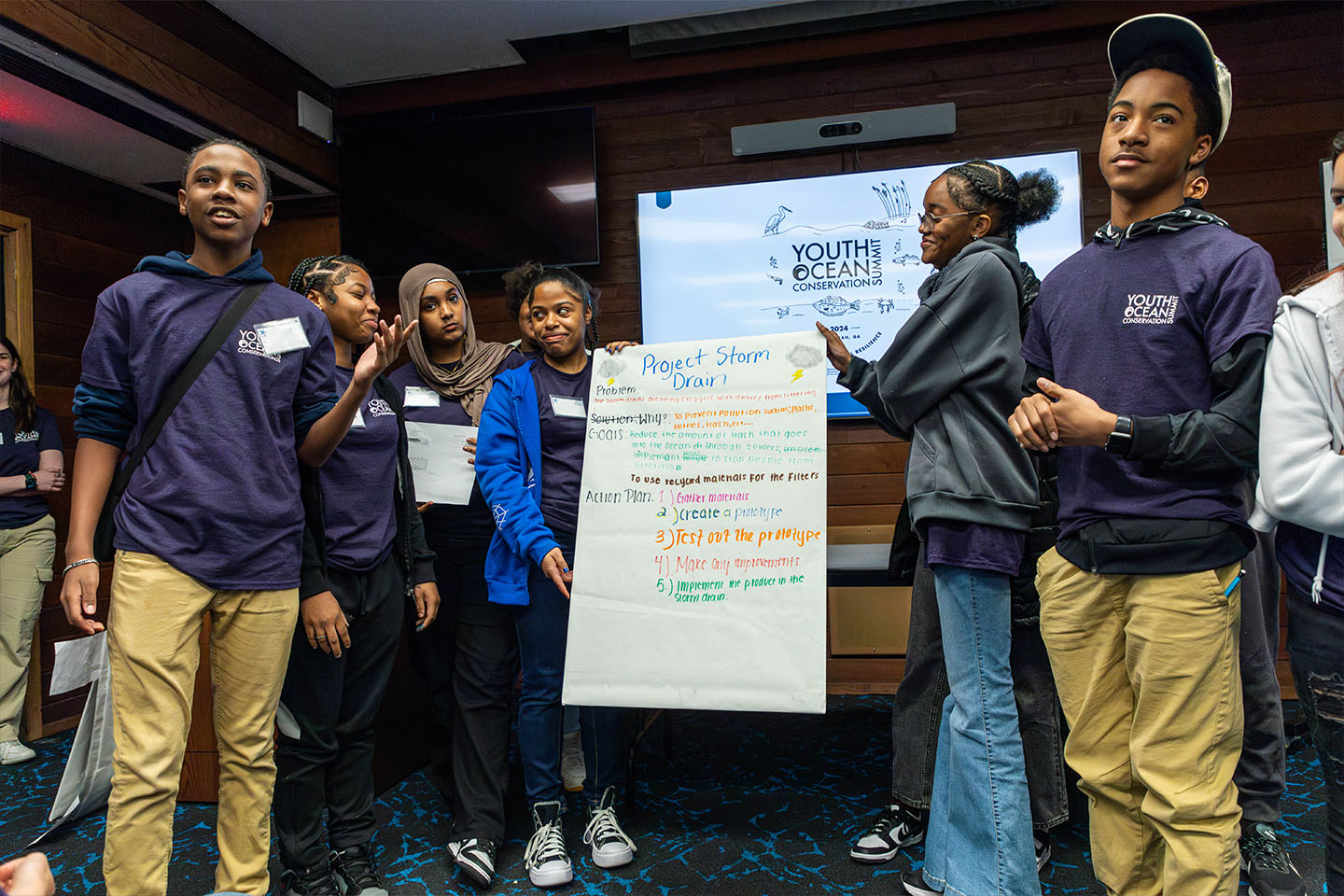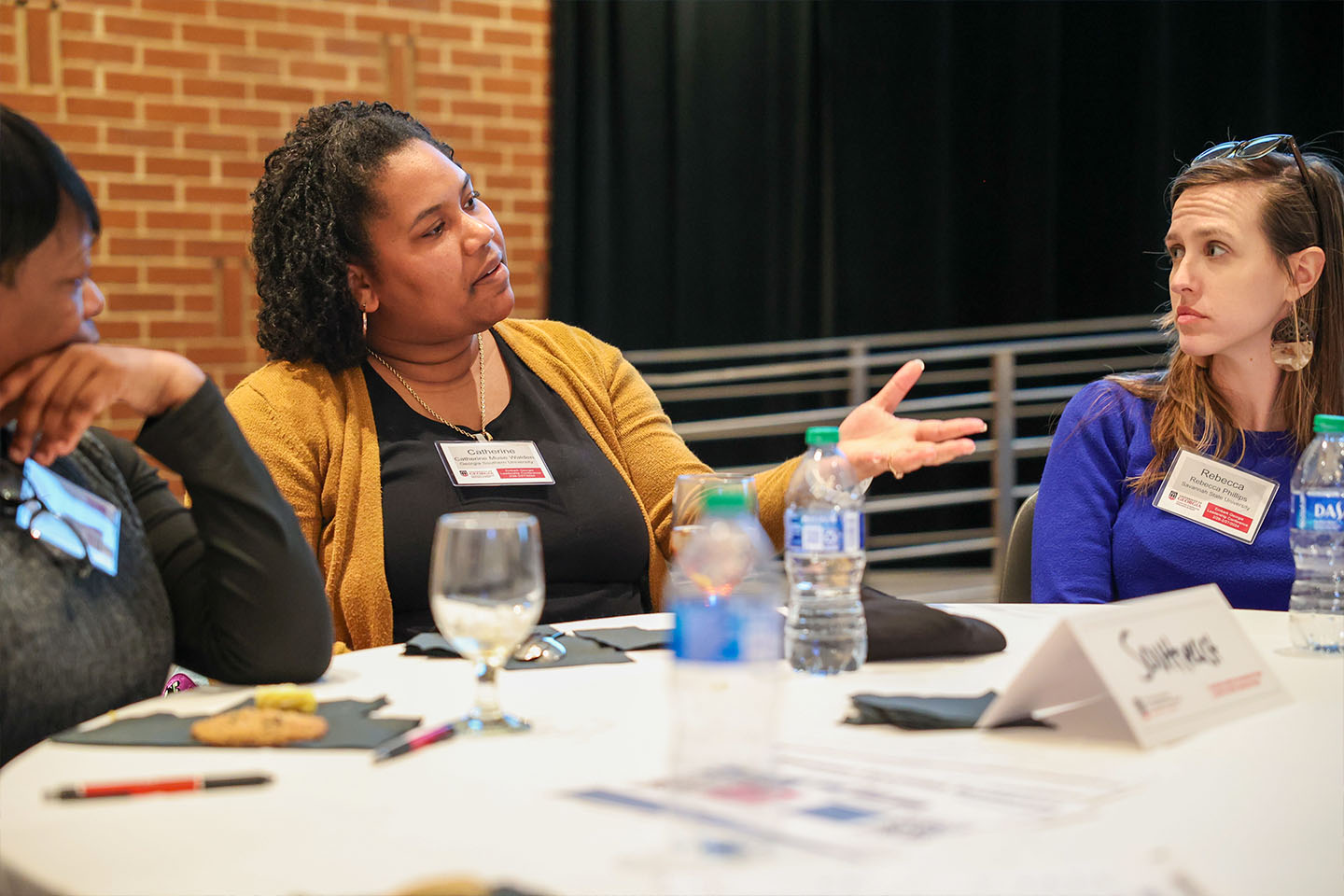I met an ecstatic little boy from Honduras last week who had just found out that he saved 15 turtles. The way he did it was simple and something anyone can do.
His name is Elvis Centeno, and he was at the Tybee Marine Science Center. The previous afternoon, his family had been stopped in traffic near Chimney Creek when Elvis spotted a diamondback terrapin on the road’s shoulder. From its size, he knew it was a female.
She had just been run over and was still alive, even though her shell was badly broken. Elvis got out, picked her up, placed her on his lap and whisked her back to the center. He and his family left her there with aquarium curator Mike Partridge.
He had not been able to save her. But he had been able to save her 15 eggs — they were intact and not crushed.
He had taken them to Armstrong Atlantic State University’s biology department, where they will be incubated. And after they hatch in about 60 days, they will be released back into the marsh.
Elvis’ father, also named Elvis (after you-know-who), said his son loves turtles. Part of why they came to Tybee was because little Elvis hoped to see a loggerhead sea turtle.
He had been excited to see the young loggerhead swimming in one of the center’s aquariums.
And he was really surprised to see so many diamondback terrapins of varying ages. They have adults, a 2-year-old and some newborns.
The two frisky 2013 hatchlings were found on the beach by lifeguards.
They probably accidentally floated out on a raft of marsh grass on the last spring tide. For their first few years, young terrapins live in the high marsh, under the dead marsh wrack along the tidal creeks. They dine on crabs, worms, snails and plants.
The adult terrapins hibernate in the marsh mud during the winter, and swim in the creeks the rest of the year.
They have strong site fidelity, staying in home waters year after year. From May through July, the females lay their eggs, and that can put them in harm’s way.
That is why there are “turtle crossing” signs from Bull River to Lazaretto Creek along the Tybee Road, to alert motorists to slow down and watch for the females who commonly cross the road as they look for just the right sandy high ground to nest.
John Crawford with the Marine Extension Service on Skidaway Island said diamondback terrapins are among the most intelligent of turtles, and they have incredible variety in the designs on their shells.
He assists a group of dedicated Landings volunteers who transfer eggs laid in some of the golf course sand traps to safe hatcheries. Last year, they rescued 1,000 eggs and had 900 healthy hatchlings.
Diamondback terrapins are protected in the state of Georgia. Tybee Police Captain William Moseley showed me the “I Brake for Turtles” bumper sticker on his minivan.
“We urge motorists to drive safely and watch for terrapins crossing the highway. Our officers will stop traffic when they see one,” he said.
He told me how last year, after an incorrect report of a terrapin’s location, they had four cars out looking for the vulnerable turtle.
At the Marine Science Center, educator Cody Shelley took time from a squid dissection with a Savannah school group for me to take a few photos. Their two adults are named Pearl and Ruby, and she said they had very mild dispositions.
The center’s 2-year-old and the newborns haven’t been named. Elvis said he is thinking of 15 different names. Diamondback terrapins can live for about 30 years, and he hopes that all of the eggs he saved will enjoy a long swim.



